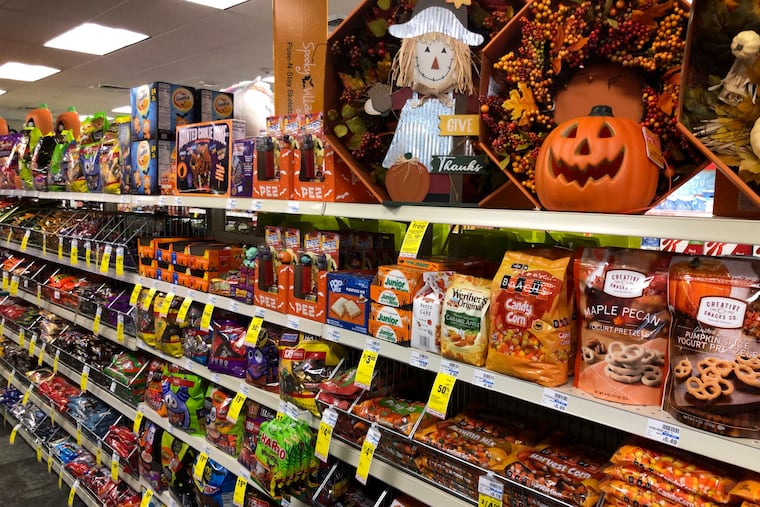Chill out, parents. Your kids’ Halloween candy is almost certainly safe. | Opinion
A University of Delaware researcher has been studying the rumors of tainted Halloween candy for years. He's never found a single instance of it actually happening.

A University of Delaware researcher has been studying the rumors of tainted Halloween candy for years. He's never found a single instance of it actually happening.
